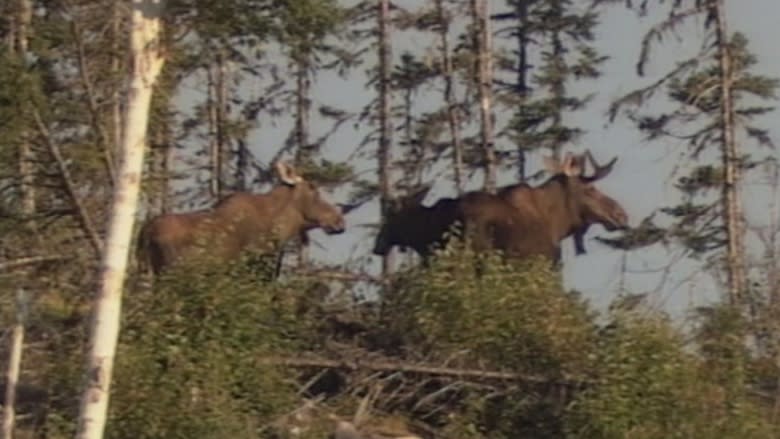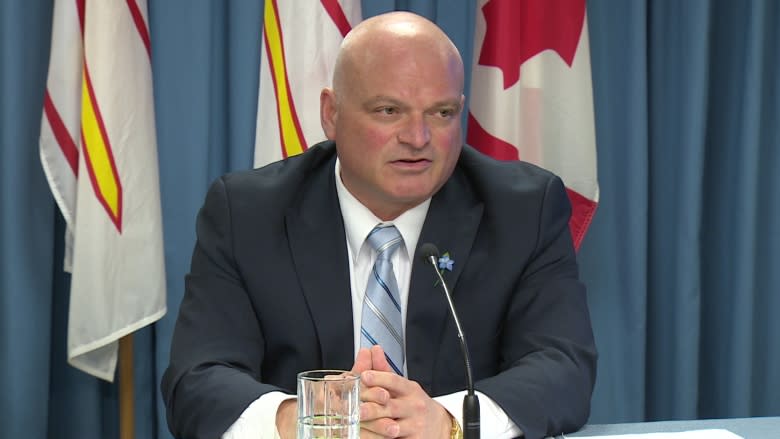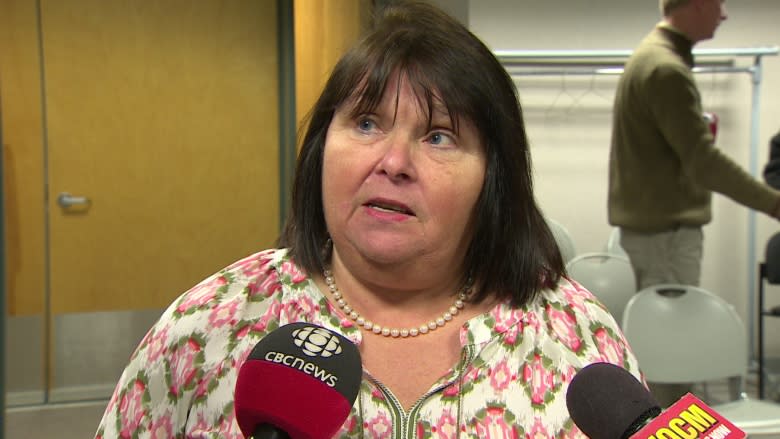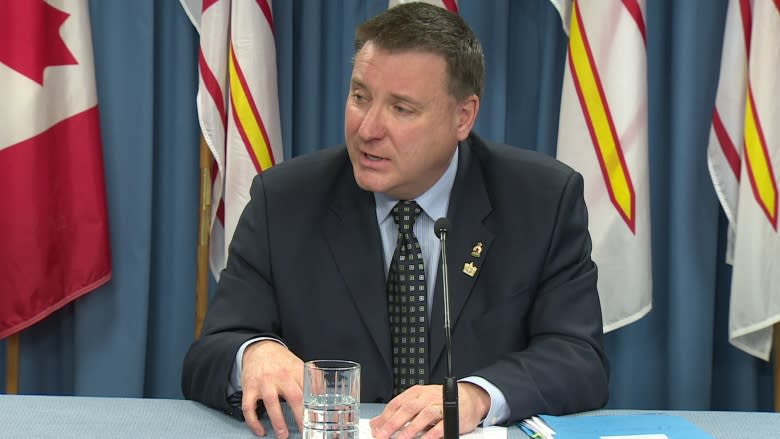Moose plan sees extended hunting in some areas, but no new fencing
The Newfoundland and Labrador government announced its five year moose management plan in St. John's Monday, but one group is disappointed that expanding highway fencing isn't part of the projects that are being announced.
Among the initiatives being launched, the province will be increasing moose hunting quotas in areas identified having a high density moose population along the Trans-Canada Highway.
Government will issue 300 new hunting licences between St. John's and Clarenville, plus Legionnaires Highway to Carbonear, and 200 additional licences between Grand Falls-Windsor and Gander.
Both areas were identified as hotspots for high numbers of moose vehicle collisions.
Environment and Conservation Minister Dan Crummell said part of the funding will enable government to study the effectiveness of increasing the moose hunt in curbing the number of collisions.
"We need to do the research, we need to enact our plan, do the research around that and analyze the data. We need to make informed decisions and that's part of this process," said Crummell.
Government announced the new moose action plan at Confederation Building in St. John's Monday, after two and a half years of public consultations.
The province will also be working with other jurisdictions, including Ontario, New Brunswick and Nova Scotia, to monitor the success of projects aiming to reduce the number of moose on highways.
Transportation and Works Minister David Brazil said government will continue to monitor the success of moose fencing in the other Atlantic provinces, while watching Ontario's new project installing moose detection radar before deciding whether those items would work here.
There may still yet be more highway fencing, as government will be monitoring areas where the tactic may be deployed.
"St. John's to Whitbourne is known to be a high traffic area," Brazil said, citing an example. "This is one area we will be addressing in the near future."
But the lack of a concrete plan for additional fencing prompted criticism from the Save Our People Action Committee (SOPAC).
Chairperson Lucy Stoyles said she was disappointed and "shocked" the province didn't intend to install more fencing along the highways in an effort to reduce the number of moose on highways.
More needs to be done: SOPAC
"When our group met with government over the past five and a half, six years we talked about a number of strategies and a number of issues and moose fencing was always on the top of the priority," said Stoyles, who is also a constituency assistant for Liberal MHA Paul Lane.
"The moose fencing I think is the biggest disappointment in this whole five year plan."
Stoyles said there was "no doubt" government was listening to concerns about the number of moose collisions, and SOPAC was pleased to see the new plan, but was hoping for more.
"They really need to take this issue serious. We have loved ones getting injured and killed on our highway every single year."
Brazil said government has looked further at the fencing option, and has monitored a project on Newfoundland's west coast where a portion of highway is fenced, but there are issues that need to be resolved before the province can invest in more fencing.
"We see the merits in that, but there are some challenges around how we mitigate contact on the highways and that is based around overpasses and underpasses," said Brazil.
"As we talked about before, at the end of a fence we don't want to cluster the moose so that they all travel across the highway in one area."
Stoyles said there's no way to fence all of the roads in the province, but the group was hoping to see some more installed in the identified hotspots.
"Fencing costs the most money, let's face it. When you look at doing the underpasses and the overpasses, that's what costs money," she said.
"At the end of the day it comes down to dollars and cents and you can put all the money you want into certain things, into advertising and things like that, moose don't understand that they can't come onto the highway."





